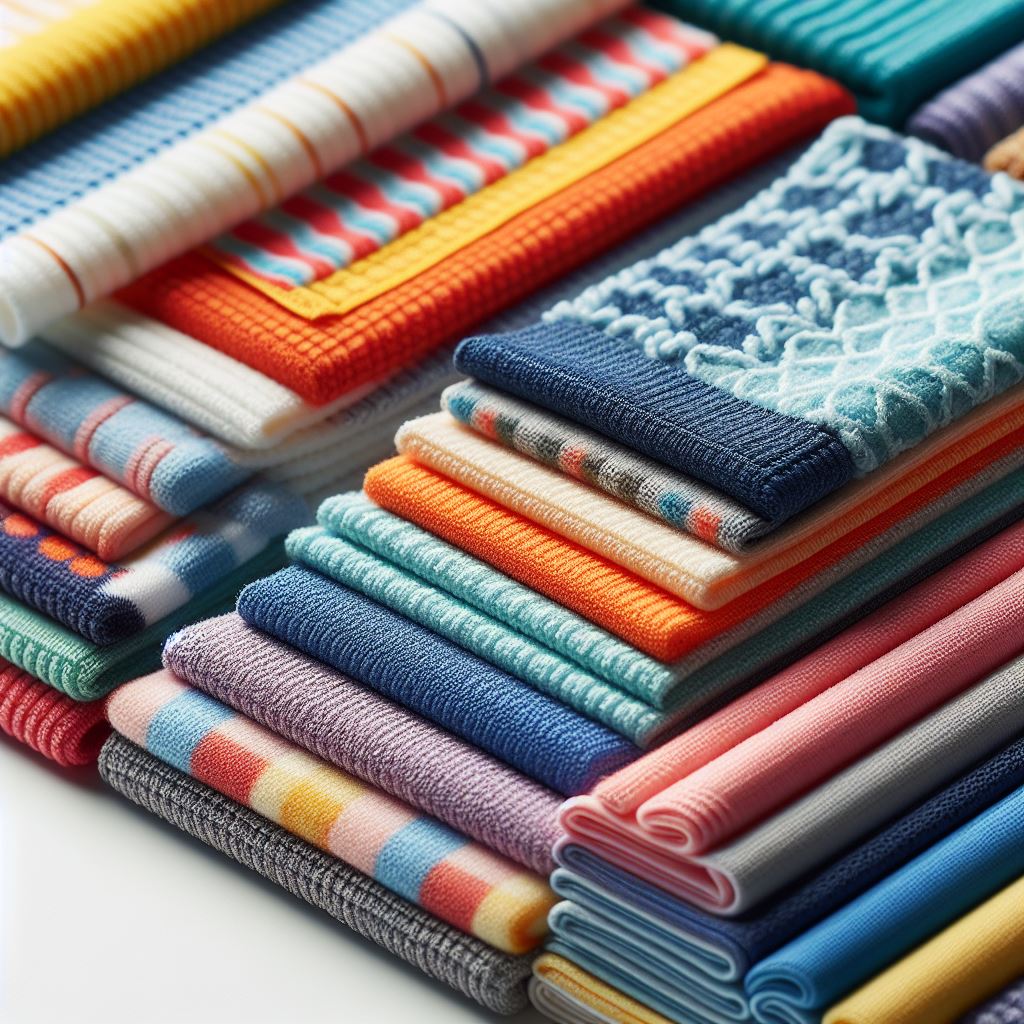Microfiber cloths have become a popular choice for cleaning due to their exceptional ability to trap dirt, dust, and grime effectively. Whether you use them for household cleaning, automotive detailing, or electronic care, it’s essential to clean and maintain microfiber cloths properly to ensure optimal performance and longevity. In this comprehensive guide, we’ll walk you through the best practices for cleaning microfiber cloths to keep them in pristine condition.

Understanding Microfiber Cloth
Microfiber is a synthetic material made of ultra-fine fibers, typically composed of polyester and polyamide (nylon). These microscopic fibers are much thinner than human hair, allowing them to penetrate surface pores and effectively capture dirt and debris. Microfiber cloths are known for their softness, absorbency, and durability, making them ideal for various cleaning tasks.
Materials Needed for Cleaning Microfiber Cloths
Before you begin cleaning your microfiber cloths, gather the following materials:
- Mild Detergent: Choose a gentle detergent that does not contain bleach, fabric softeners, or additives that can clog the microfiber pores.
- Warm Water: Use warm water for washing microfiber cloths, as it helps to loosen dirt and oils more effectively.
- Sink or Bucket: To soak and wash the microfiber cloths.
- Soft-Bristled Brush: For gently agitating the fibers and removing stubborn stains.
- Mesh Laundry Bag (Optional): To protect the microfiber cloths during machine washing.
- Lint-Free Towels: For drying the microfiber cloths.
Step-by-Step Cleaning Process
Follow these steps to effectively clean your microfiber cloths:
Step 1: Pre-Treat Stains (If Necessary)
If your microfiber cloths have stubborn stains or heavy soiling, pre-treat the affected areas with a small amount of mild detergent. Gently massage the detergent into the stains using your fingers or a soft-bristled brush. Allow the detergent to penetrate the fibers for a few minutes before proceeding to the next step.
Step 2: Soak the Cloths
Fill a sink or bucket with warm water and add a small amount of mild detergent. Place the microfiber cloths in the soapy water, ensuring that they are fully submerged. Allow the cloths to soak for 10 to 15 minutes to loosen dirt, oils, and residues.
Step 3: Hand Wash or Machine Wash
After soaking, gently hand wash the microfiber cloths by agitating them in the soapy water. Use a soft-bristled brush to scrub any stubborn stains or heavily soiled areas. Alternatively, you can machine wash the microfiber cloths on a gentle cycle using warm water and a mild detergent. Place the cloths inside a mesh laundry bag to protect them during the wash cycle.
Step 4: Rinse Thoroughly
After washing, rinse the microfiber cloths thoroughly under clean, running water to remove any remaining detergent and dirt. Continue rinsing until the water runs clear and there are no suds or residues left on the cloths.
Step 5: Air Dry
Once rinsed, gently squeeze out excess water from the microfiber cloths, taking care not to wring or twist them, as this can damage the delicate fibers. Lay the cloths flat or hang them to air dry in a well-ventilated area away from direct sunlight. Avoid using heat sources such as dryers, as high temperatures can melt or damage the microfiber fibers.
Step 6: Fluff and Restore
After drying, fluff the microfiber cloths by gently shaking or brushing them to restore their softness and texture. If necessary, you can also tumble dry the cloths on a low heat setting for a few minutes to help fluff up the fibers.
Tips for Maintaining Microfiber Cloths
- Avoid Fabric Softeners: Fabric softeners can coat the microfiber fibers and reduce their absorbency and effectiveness. Avoid using fabric softeners when washing microfiber cloths.
- Separate Wash Loads: Wash microfiber cloths separately from other fabrics to prevent lint transfer and ensure thorough cleaning.
- Avoid Bleach and High Heat: Avoid using bleach or washing microfiber cloths in hot water, as these can damage the fibers and reduce their lifespan.
- Regular Cleaning: Clean microfiber cloths regularly, especially after heavy use or when visibly soiled, to prevent dirt and residues from building up.
By following these simple steps and tips, you can effectively clean and maintain your microfiber cloths, ensuring that they remain in optimal condition for all your cleaning needs. With proper care, your microfiber cloths will continue to deliver superior cleaning performance and durability, making them a valuable tool in your cleaning arsenal.
Also read: How to Get Mustard Out of Clothes